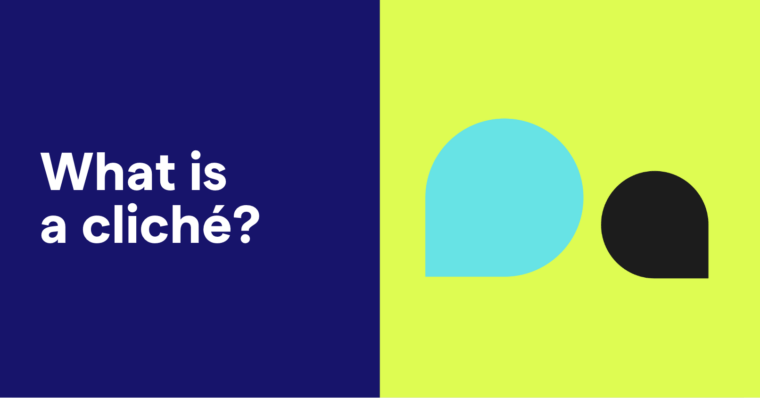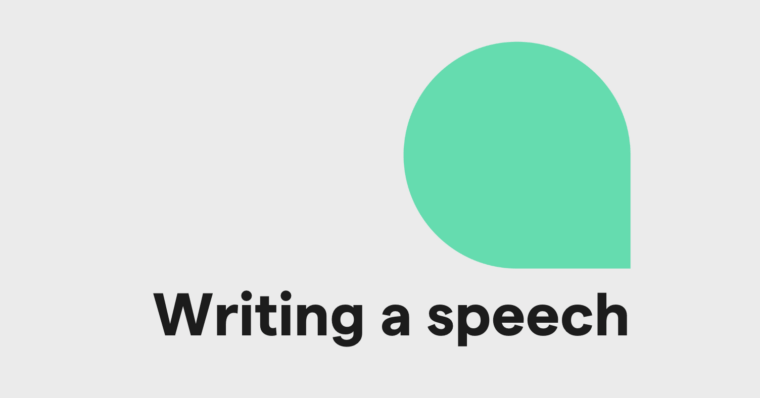
Prologues have been a part of literature for centuries, yet the purpose and function of a prologue is often misunderstood. In this complete resource, we’ll explore everything you need to know about prologues, from their definition to the different types and their importance in writing.
A prologue is an introductory section of a literary work that provides background information about the story or characters. It is typically found at the beginning of a book or play, before the main narrative begins. But what exactly is a prologue, and what is its purpose in writing?
What is a prologue?
A prologue is a separate introductory section of a literary work that comes before the main narrative. It sets the stage for the story or provides background information about the characters, setting, or events. Prologues are commonly found in books, plays, and other literary works, particularly in fiction. The length of a prologue can vary depending on the author and the work, but it is typically shorter than the main narrative. It can range from a few paragraphs to several pages.
The term prologue comes from the Greek word prologos, which means “before the word.”
The word prologue is pronounced as pro-log, with the emphasis on the first syllable.
What is the purpose of a prologue?
The purpose of a prologue is to provide background information or context about the story, characters, or setting. It can also set the tone or mood for the work, introduce the main themes, or foreshadow events that will occur later in the story.
A well-written prologue can capture a reader’s attention and draw them into the story. It can provide essential context and background information that sets the stage for the main narrative.
What are the different types of prologues?
There are several different types of prologues, including character prologues, setting prologues, and thematic prologues. Four common ones include the following types:
Future protagonist: This prologue gives readers a glimpse into what the main character will become in the future.
Past protagonist: This type introduces readers to the protagonist’s past experiences or background.
Different point of view: This prologue is written from the perspective of a character other than the protagonist.
Background: This prologue provides historical or contextual information that sets the stage for the story.
Prologue vs. epilogue
A prologue and an epilogue serve different purposes in a literary work. While a prologue comes before the main narrative and provides context or background information, an epilogue comes after the main narrative and provides closure or a sense of resolution. A prologue can set the stage for the story, introduce themes, and provide essential context, while an epilogue can tie up loose ends, offer final thoughts, or provide a glimpse into the future. Understanding the difference between these two elements can help readers better appreciate the structure and meaning of a book or other literary work.
Prologue vs. preface
A prologue is often used in literature to introduce the story and set the scene for what is to come. It can provide background information or context that is necessary for the reader to understand the story. A preface, on the other hand, is typically written by the author and can provide insight into the writing process or the inspiration behind the story. Although both serve as introductions, the prologue is focused on the story itself, while the preface is focused on the author’s perspective.
Prologue vs. prelude
A prologue is used to provide context and background information that’s crucial for the reader to understand the story. Conversely, a prelude serves as a musical introduction to a larger work. Although both sections serve as introductions, the prologue focuses on the story itself, while the prelude is centered on the music.
What does “what’s past is prologue” mean?
William Shakespeare wrote “what’s past is prologue” in his play The Tempest. The phrase signifies that all events that have occurred up to this point, including those in a story’s prologue, establish the groundwork for what is to come. This indicates that past occurrences have led to the current situation and are an essential precursor to the unfolding story. Essentially, the past serves as a basis for the present and the future. The phrase suggests that we can gain knowledge from the past and utilize it to comprehend the present and influence the future.
Famous prologues
One famous example of a prologue is the opening of William Shakespeare’s Romeo and Juliet, which provides background information about the feud between the Capulet and Montague families. Another example is the prologue of J. R. R. Tolkien’s The Lord of the Rings, which sets the stage for the epic story to come.
Prologue FAQs
What is a prologue?
A prologue is an introductory section of a literary work that provides context or background information.
How does a prologue work?
A prologue can work in various ways, such as providing context, setting the tone, or introducing themes.
What’s the difference between a prologue and an epilogue?
A prologue comes before the main narrative, while an epilogue comes after the main narrative and provides closure.
This blog post was written with the support of Grammarly generative AI.






